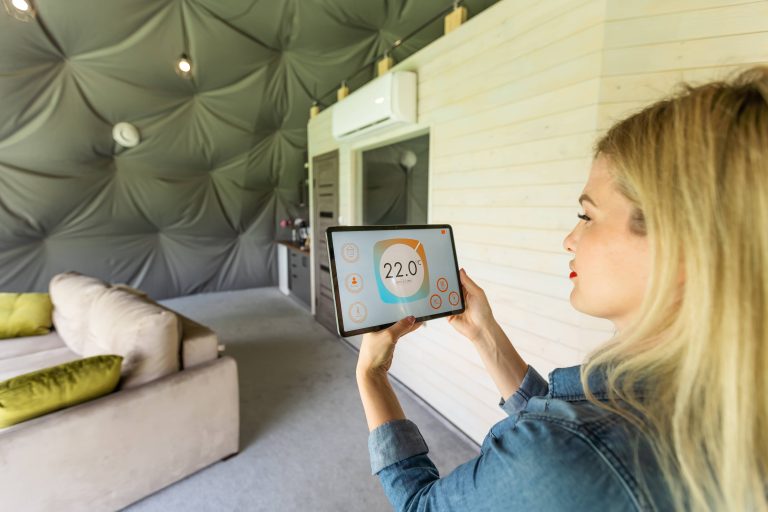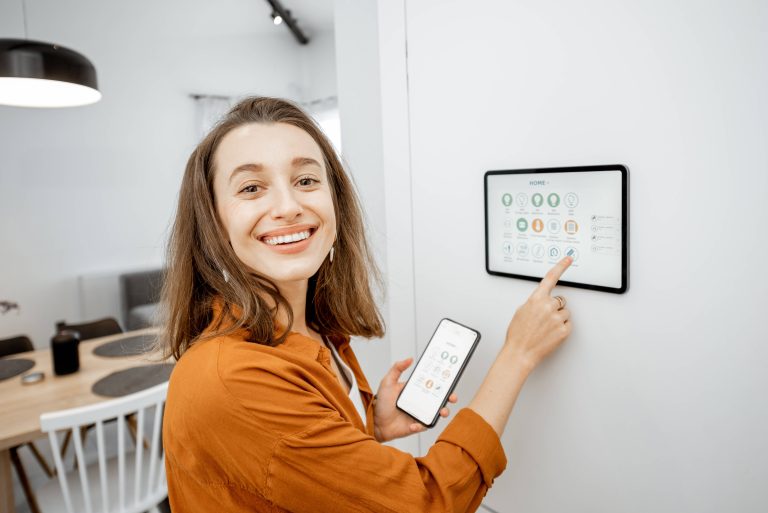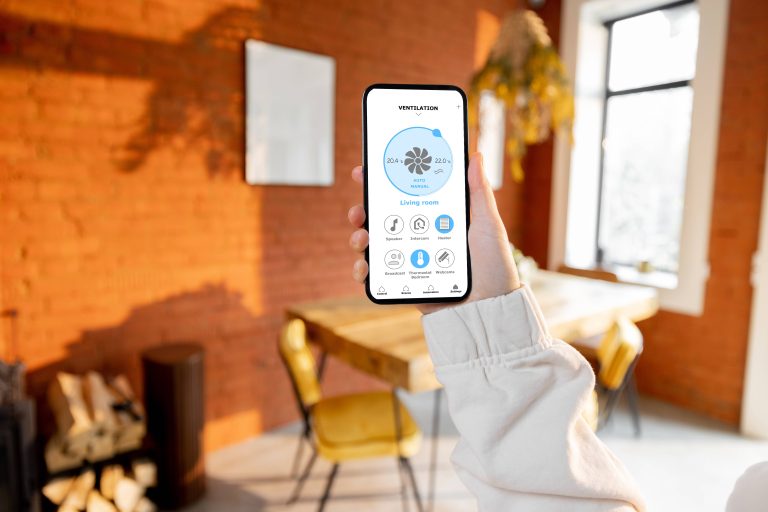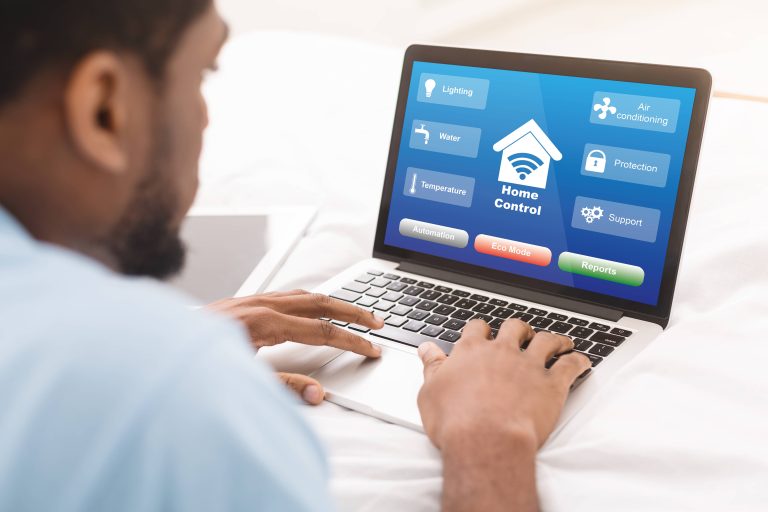
In the age of smart homes, the thermostat is no longer just a mundane device that controls your home’s temperature. It’s a powerful tool that can help you save energy, reduce costs, and maintain a comfortable living environment. Smart thermostats are designed to learn your habits, adjust to your preferences, and even respond to weather changes. However, to truly maximize their efficiency, you need to go beyond the basic setup. Here are some smart thermostat hacks that can help you achieve maximum efficiency in your home.
1. Leverage Geofencing Technology
One of the most underutilized features of smart thermostats is geofencing. This technology uses your smartphone’s location to determine whether you’re home or away. By setting up geofencing, your thermostat can automatically adjust the temperature when you leave the house and readjust it when you return. This ensures that you’re not wasting energy heating or cooling an empty home. To set this up, you’ll need to enable location services on your smartphone and configure the geofencing settings in your thermostat’s app.
2. Utilize Scheduling Features
Most smart thermostats come with scheduling features that allow you to set different temperatures for different times of the day. Take advantage of this by creating a schedule that aligns with your daily routine. For instance, you can set the thermostat to lower the temperature at night when you’re sleeping and raise it in the morning when you wake up. During the day, if the house is empty, you can set it to a more energy-efficient temperature. This not only saves energy but also ensures comfort when you need it.
3. Integrate with Other Smart Devices
Smart thermostats can often be integrated with other smart home devices, such as smart speakers, lights, and even window blinds. By creating a smart home ecosystem, you can automate various tasks that contribute to energy efficiency. For example, you can set your thermostat to lower the temperature when your smart blinds are closed, reducing the need for air conditioning. Similarly, you can use voice commands through smart speakers to adjust the temperature without having to get up.
4. Monitor and Analyze Energy Usage
Many smart thermostats provide detailed reports on your energy usage. By regularly reviewing these reports, you can identify patterns and make informed decisions about your heating and cooling habits. Look for trends such as spikes in energy usage and consider what might be causing them. Perhaps you need to adjust your schedule or check for drafts in your home. Some thermostats even offer tips on how to improve efficiency based on your usage data.
5. Take Advantage of Weather Adaptation
Smart thermostats can connect to the internet to access local weather forecasts. This allows them to adjust the temperature based on upcoming weather conditions. For instance, if a cold front is approaching, your thermostat can preemptively increase the temperature to maintain comfort. Conversely, if a heatwave is expected, it can lower the temperature in advance. This proactive approach helps maintain a consistent indoor climate while optimizing energy use.
6. Regular Maintenance and Updates
To ensure your smart thermostat operates at peak efficiency, it’s important to keep it well-maintained. This includes regularly cleaning the device, checking for software updates, and ensuring it’s properly calibrated. Software updates often include new features and improvements that can enhance efficiency. Additionally, make sure your HVAC system is in good working order, as a malfunctioning system can negate the benefits of a smart thermostat.
7. Experiment with Temperature Settings
Don’t be afraid to experiment with different temperature settings to find what works best for you. You might discover that you can be comfortable at a slightly higher temperature in the summer or a lower temperature in the winter. Even a small adjustment of one or two degrees can lead to significant energy savings over time. Use the thermostat’s app to easily make these adjustments and monitor their impact on your comfort and energy usage.
8. Educate Household Members
Finally, ensure that everyone in your household understands how to use the smart thermostat and the importance of energy efficiency. Educate them on how to adjust settings, use voice commands, and interpret energy reports. The more informed everyone is, the more effectively you can work together to achieve maximum efficiency.
In conclusion, smart thermostats are a valuable addition to any smart home, offering convenience, comfort, and energy savings. By implementing these hacks, you can take full advantage of your thermostat’s capabilities and create a more efficient and sustainable living environment. Whether you’re a tech enthusiast or just looking to reduce your energy bills, these strategies will help you get the most out of your smart thermostat.







